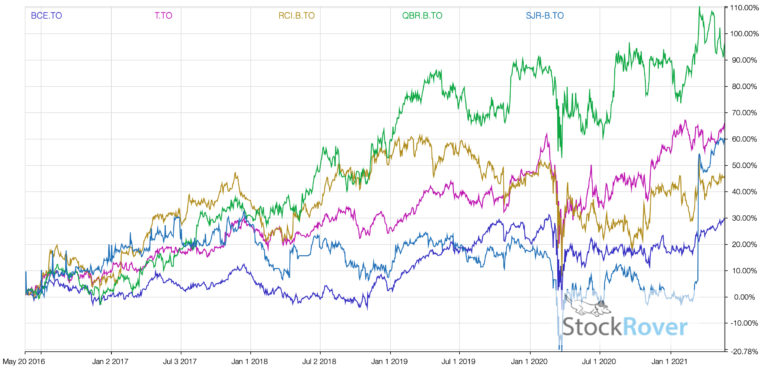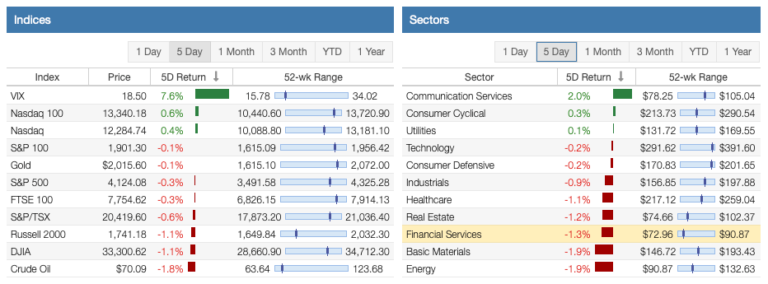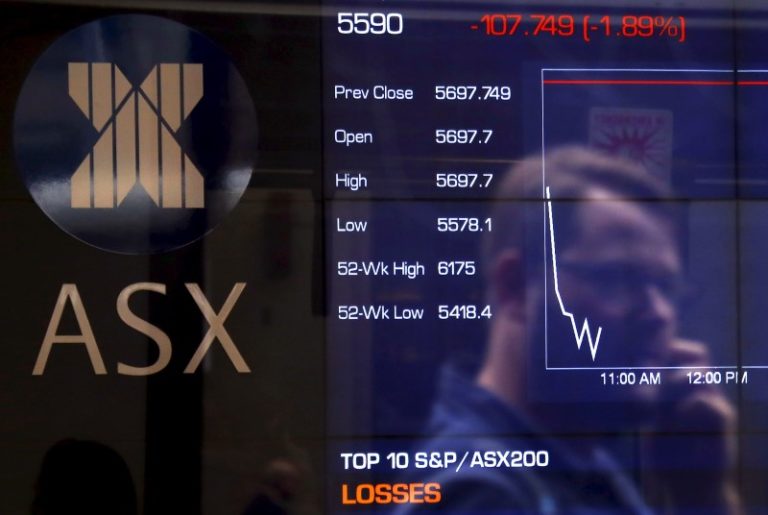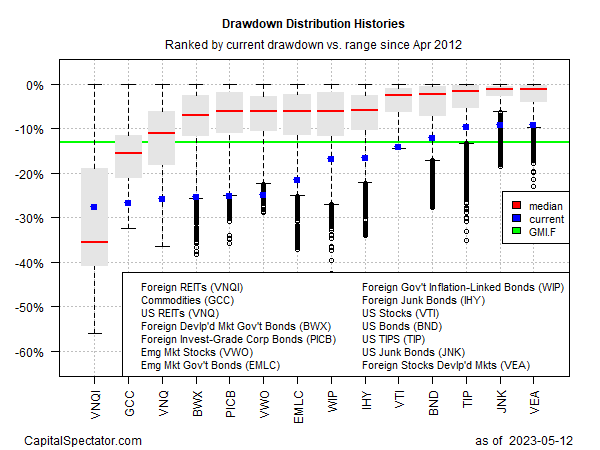
Time for I Bonds – Week in Review
Time for I Bonds
Time for I Bonds. The title of this weekly review probably caught some investors by surprise. However, savers and investors who have owned US Government I Bonds in the past are not surprised. The I bond interest rates are 7.12% for the next four months through April 2022. This rate is the best interest rate in many years. For savers and investors looking for a highly safe place to put cash, I Bonds are an option. In addition, I Bonds can help a saver beat inflation—more on that topic below. Inflation has surged in 2021, and if inflation remains elevated or goes even higher, the composite interest rate on I Bonds may stay the same or possibly even reset higher. The rate is a good one and makes it time for I Bonds, in my opinion.

Basics of I Bonds?
Series I Savings Bonds known as I Bonds are inflation-protected savings bonds issued by the US Government. They were first issued in 1998. Electronic I Bonds can be purchased directly from the US Treasury. There was a good article on the Slightly Early Retirement blog about buying I Bonds electronically. In addition, a saver can purchase paper I Bonds with his or her federal tax refund.
The minimum purchase is $25 for electronic I Bonds and $50 for the paper I Bonds. The maximum investment is $10,000 for electronic I Bonds and $5,000 for paper I Bonds.
I Bonds have two components for interest rate added together to make a composite rate. The two rates are the fixed-rate and the inflation rate.
The fixed-rate is set when an investor buys the I Bonds and does not change during the life of the bond. The fixed-rate is announced every six months (1st business day of May and November) by the US Treasury.
The inflation rate changes every six months (1st business day of May and November) by the US Treasury. It is based on the non-seasonally adjusted Consumer Price Index for all Urban Consumers (CPI-U) for all items. This index includes volatile food and energy prices.
The composite interest rate is never less than zero. However, the fixed rate can be zero as it has been often since late 2010. The fixed-rate has ranged from 0% to 3.6% since 1998. The inflation rate can be negative, offsetting a positive fixed rate. The semi-annual inflation rate has ranged from (-2.78%) during the sub-prime mortgage crisis to a high of 3.56% today.
Currently, the annual composite rate is between 7.12% for bonds bought when the fixed rate was 0% and 10.85% for bonds bought when the fixed rate was 3.6%. Imagine getting more than 10% on an investment vehicle, essentially a savings account.
Example of I Bond Composite Rate
The most recent rate announcement was on November 1, 2021.
| Composite Rate for I Bonds issued from November 2021 through April 2022 | |
|---|---|
| Fixed-Rate | 0.00% |
| Semi-annual Inflation Rate | 3.56% |
| Composite Rate Calculation | [0.00% + (2 x 3.56%) + (0.00% x 3.56%) |
| Composite Rate | 7.12% |
Advantages of I Bonds
The nice part about I Bonds is that they are guaranteed by the US Government savings and are thus generally low-risk investments. Of course, no investment is entirely risk-free, but the US Government has always paid interest in its savings bonds.
As mentioned above, I Bonds are inflation-protected. If inflation rises further, the inflation rate will reset higher. Hence, if inflation reaches double-digits, as some people fear, the interest rate earned on I Bonds will be double-digit too. In addition, due to the inflation rate, I Bonds will usually have a greater interest rate than savings accounts, money market deposit accounts, or certificates of deposit (CDs). Since inflation is high in 2021 and into 2022, many savers think it is a good time for I Bonds.
Another primary advantage is the interest earned on I Bonds is tax-deferred at the federal level. If a saver uses I Bonds for education, the federal tax on interest is waived. This benefit is subject to income limitations.
The sweetener is that interest from I Bonds is not taxable at the state or municipality level. Hence, considering the interest rate and the tax benefit, it may be time to buy I Bonds. However, there are some challenges for owning I Bonds.
The combination of inflation protection and tax advantages makes it an excellent time to own I Bonds.
Disadvantages of I Bonds
The maturity for an I Bond is 30-years, meaning it will pay interest for 30-years. However, the minimum holding period is one year before redeeming. If an investor owns I Bonds for more than none year but less than five years, there is a 3-month interest penalty. This fact means a loss of three months’ interest when the I Bonds are redeemed. If I Bonds are held for more than five years, there is no penalty. This fact makes I Bonds appropriate for longer-term holdings and not for an emergency fund.
The interest rate on I Bonds is more complex than regular savings accounts or CDs. IN the case of a CD, a saver can buy a CD, and the interest is fixed until renewal. However, I Bond interest rates are variable depending on inflation adding complexity,
It is possible that I Bonds may not earn interest if the sum of the fixed-rate and inflation rate is 0%. It does not seem likely, but if inflation is negative and the fixed rate is low, your I Bonds may not earn interest until the following rate announcement.
Another consideration is the US Treasury does not mail a 1099-INT, unlike a bank. Hence, a saver must keep track of their electronic I Bonds or safely store their paper I Bonds. Since I Bonds are tax-advantaged for many years, they do not show up on tax returns, making it difficult for heirs and executors to track them. For this reason, Investors need to address the I Bonds in their estate plan. You can even include I Bonds as part of an annual financial checklist.
Final Thoughts on Time for I Bonds
I Bonds are often forgotten by savers and investors. However, they are currently a decent deal, and it may be time for buying I Bonds with cash beyond your immediate needs or emergency fund. Where else will savers get a low-risk investment earning a 7.12% annualized interest rate? In a high inflation environment, I Bonds protect cash. However, the risk is inflation is transitory, and the I Bonds you buy today may earn a low composite interest rate in the future.
Affiliate
Dividend Power has partnered with Sure Dividend, one of the best newsletters for dividend stock investing. The newsletter comes out monthly and highlights their top 10 picks. A lot of effort goes into analyzing hundreds of stocks, doing much of the work for you. They have over 8,000 subscribers, and it grows every month. So, sign up for the Sure Dividend Newsletter*. You can also use the Sure Dividend coupon code DP41off. The regular price for The Sure Dividend Newsletter* is $159 per year and the reduced price through this offer is $118 per year. There is a 7-day free trial and refund grace period as well. So, there is no risk.
Suppose you are interested in higher-yielding stocks from the Sure Retirement Newsletter*. The same coupon code, DP41off, reduces the price by a little over 25% or $41. The regular price of The Sure Retirement Newsletter* is $159 and the reduced price through this offer is $118 per year.
Suppose you are interested in buying and holding stocks with a rising income from the Sure Passive Income Newsletter*. The same coupon code, DP41off, reduces the price by a little over 25% or $41. The regular price of The Sure Passive Income Newsletter* is $159 and the reduced price through this offer is $118 per year.
Chart or Table of the Week
Today I highlight The Western Union (WU). The company is known for its money transfer services. A person can go to one of more than 550,000 agents globally and send money almost anywhere in the world. In addition, Western Union has a growing digital service (online and app) permitting a person to send the money directly through Western Union’s network. The stock price is pressured by rising competition for fintech companies with deeper pockets or significant start-up capital. However, the yield is increasing and is now over 5% and suitable for those seeking income. In addition, dividend safety is acceptable for now. The screenshot below is from Stock Rover*.

Dividend Increases and Reinstatements
I have created a searchable list of dividend increases and reinstatements. I update this list weekly. In addition, you can search for your stocks by company name, ticker, and date.
Dividend Cuts and Suspensions List
I updated my dividend cuts and suspensions list at the end of November 2021. The number of companies on the list has risen to 541. Thus, we are well over 10% of companies that pay dividends, having cut or suspended them since the start of the COVID-19 pandemic.
There were three new companies added to the list this past month. The three companies were Hoegh LNG Partners LP (HMLP), Sturm, Ruger & Company (RGR), and Compass Minerals (CMP).
Market Indices
Dow Jones Industrial Averages (DJIA): 35,951 (+1.7%)
NASDAQ: 15,653 (+3.2%)
S&P 500: 4,726 (+2.3%)
Market Valuation
The S&P 500 is trading at a price-to-earnings ratio of 29.8X, and the Schiller P/E Ratio is about 39.7X. These two metrics were down the past three weeks. Note that the long-term means of these two ratios are 15.9X and 16.8X, respectively.
I continue to believe that the market is overvalued at this point. I view anything over 30X as overvalued based on historical data. The S&P 500’s valuation came down as the index companies reported solid earnings for the second consecutive quarter.
S&P 500 PE Ratio History

Shiller PE Ratio History

Stock Market Volatility – CBOE VIX
The CBOE VIX measuring volatility was down ~13 points this past week to 17.96. The long-term average is approximately 19 to 20. The CBOE VIX measures the stock market’s expectation of volatility based on S&P 500 index options. It is commonly referred to as the fear index.

Fear & Greed Index
I also track the Fear & Greed Index. The Index is now in Fear at a value of 40. The Index is up 14 points this past week. This Index is a tool to track market sentiment. There are seven indicators in the Index measured on a scale of 0 to 100. The Index is calculated by taking the equally-weighted average of each indicator.
These seven indicators in the Index are Put and Call Options, Junk Bond Demand, Market Momentum, Market Volatility, Stock Price Strength, Stock Price Breadth, and Safe Haven Demand.

Economic News
No updates this week.
Thanks for reading Time for I Bonds – Week in Review!
Here are my recommendations:
If you are unsure how to invest in dividend stocks or are just getting started with dividend investing. Please take a look at my Review of the Simply Investing Report. I also provide a review of the Simply Investing Course. Note that I am an affiliate of Simply Investing.
If you are interested in an excellent resource for DIY dividend growth investors. I suggest reading my Review of The Sure Dividend Newsletter. Note that I am an affiliate of Sure Dividend.
If you want a leading investment research and portfolio management platform with all the fundamental metrics, screens, and analysis tools you need. Read my Review of Stock Rover. Note that I am an affiliate of Stock Rover.
If you would like notifications about when my new articles are published, please sign up for my free weekly e-mail. You will receive a free spreadsheet of the Dividend Kings! You will also join thousands of other readers each month!
*This post contains affiliate links meaning that I earn a commission for any purchases that you make at the Affiliates website through these links. This will not incur additional costs for you. Please read my disclosure for more information.
Published at Sun, 26 Dec 2021 04:00:00 -0800




